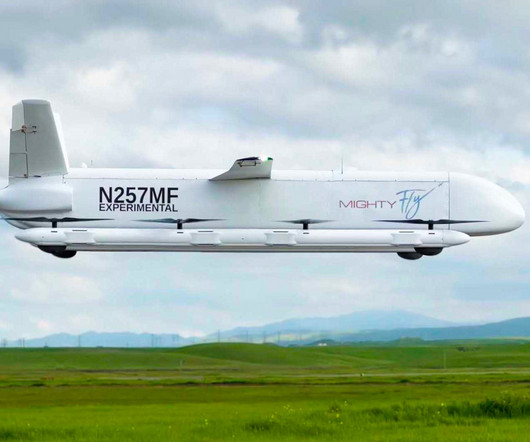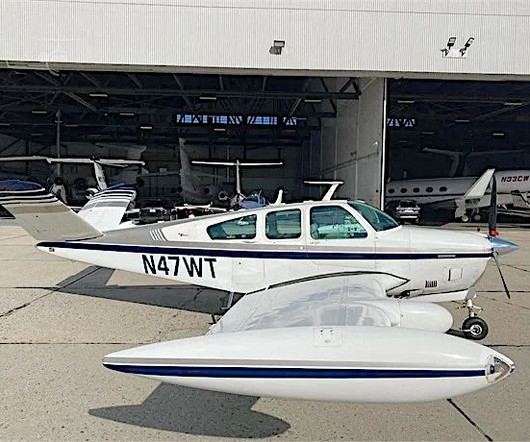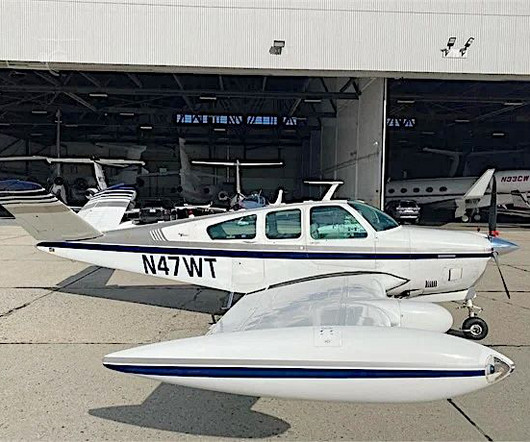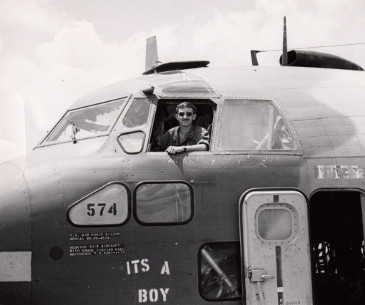Slovenia’s Gogetair Chooses Turboprop Power
AV Web
JANUARY 1, 2025
Cruise speeds for most powerful piston versions of the aircraft are in the 160-knot category, with range figures of around 1,100 nautical miles. First, the structural design of the aircraft offers an optimized center of gravity that results in better flight stability and handling.






















Let's personalize your content